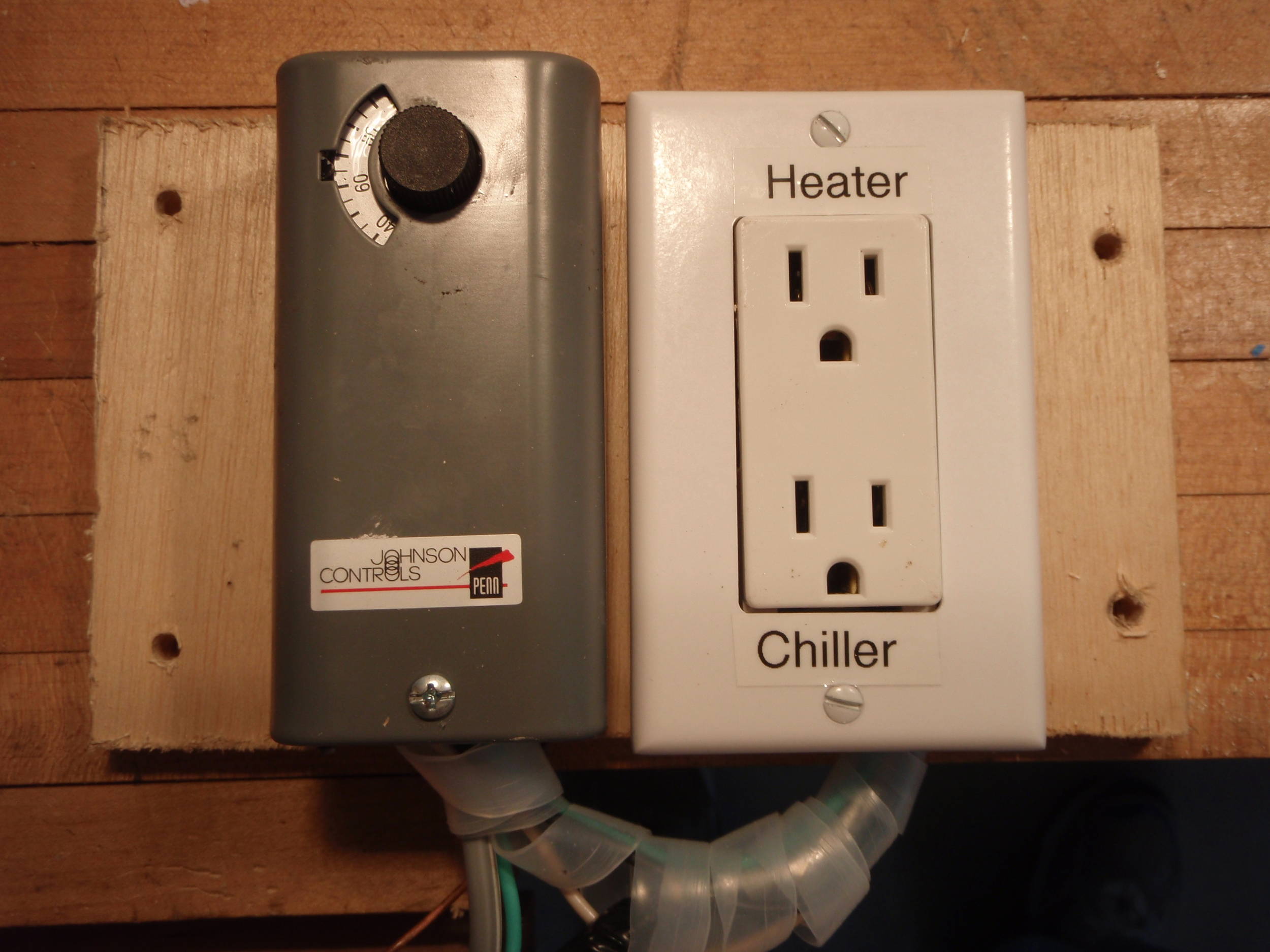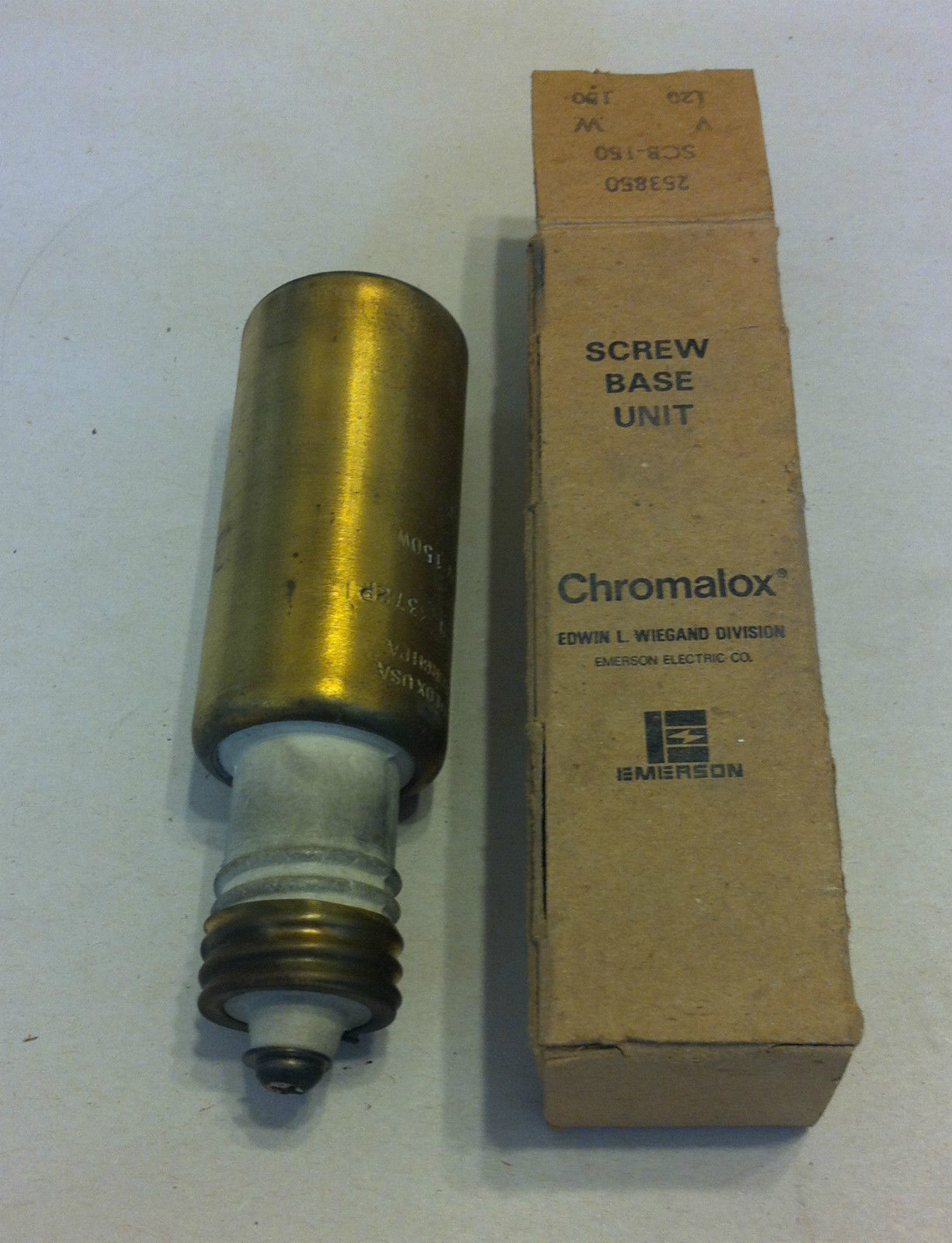I wasn't sure so I just went into my garage and unpluged mine and plugged it back in after a few minutes and it came back on set to the same temperature.
Great news on the power-out restart! The STC-1000 has lots of good reviews from homebrewers, and the Amazon reviews have no complaints about quality.
The only other option I've found is the Ranco ETC-211000-000 - best price I've found is $90 + shipping from Rebel Brewer. Ranco's been in business for 100 years, and it's a standard commercial quality item.
I'm going to cogitate about this a little. I'd rather have standard commercial quality than cheap Chinese sold on eBay quality. Figuring on a 10-year lifespan, the Ranco's only $7 a year more - the price of a Big Mac and yes, I'd like a large fries with that.
The actual heating element - the Lasko MyHeat has terrible quality reviews on Amazon. DOA or lasted 2 months. The reptile heat emitters also have terrible quality reviews. Both appear to be poor quality goods designed to be sold to poor people at Wal-Mart. Yeah, it's only $19.95, but you throw it away when it dies after a couple of months. Penny-wise, pound-foolish.
The paint-can heater? Wonderful idea, but not enough space in my tiny refrigerator / ferm chamber for one. Two six-gallon glass carboys take up all the available floor space.
Chromalox "Screw Base Units" - these are little heating elements with a light bulb base that are designed to be used in commercial/industrial electrical panels and switchgear to drive off moisture in cold weather. No light, so no skunking of beer, and no wasted photons. Still available today, but not very popular, since mechanical relays are not too prevalent anymore.
These are "heat emitters" in a very small form factor. Not fragile, like the reptile units. Industrial quality, they are designed to last for years and years and years.
I just snatched a new-old-stock 50-watt unit off eBay for $20. This should heat my tiny ferm chamber nicely. If not, 100-watt and 150-watt units are readily available. albeit at higher prices.
Sometimes that old technology is the best...
Dave







